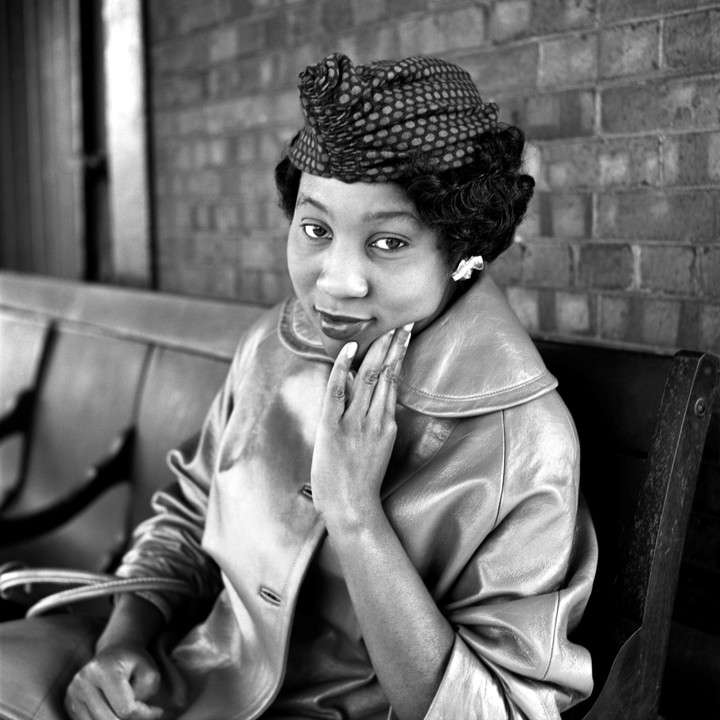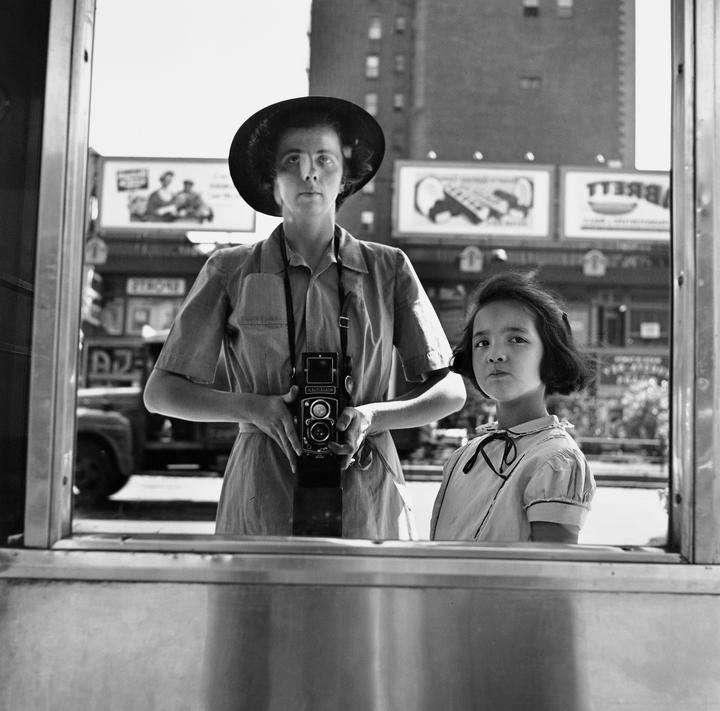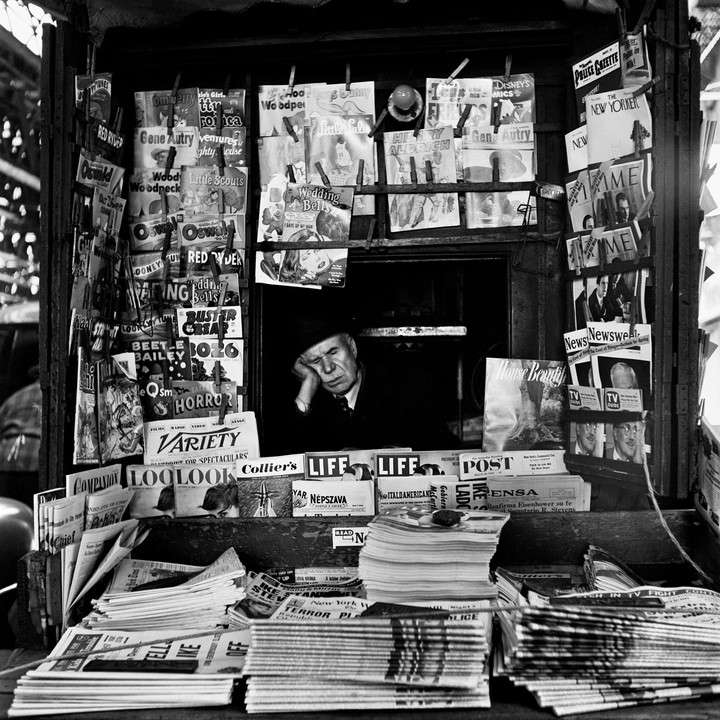The strange case of Vivian Maier photos
As a solitary nanny, Vivian Maier spent her free time simply taking pictures of everything in the streets that, with her, we now know, marvelous gaze and extraordinary sensitivity, deserved to be portrayed.

Photography, today more than ever within everyone's reach, was in the years before the digital world a matter for the initiated. There were, however, countless amateurs who, without any formal training, took hundreds of thousands of photos. Most of these remained in the family sphere and after one or two generations ended up in inheritance auctions.
With luck, some of them reached the hands of collectors. A large number, however, ended up directly in the trash. And in the fate of the photos, amateurs can be distinguished from professional photographers or even amateurs who achieved a certain degree of creativity and notoriety.
Professionals value their photos, keep them, print them, edit them, advertise them and make a living as photographers. Semi-professional amateurs do not make a living from photography although they participate in the world and social networks related to it, previously through exhibitions, friendships, etc., and today mostly through the Internet. This is why the case of Vivian Maier stands out and puzzles us.
Little is known about Vivian Maier's life. She was born in New York in 1926, it is not known if she had descendants and we know little or nothing about her family. She died in New York in 2009 at the age of 83. She worked as a nanny for a family in Chicago in the 1950s and 1960s, and the children she cared for took care of her at the end of her life.

What, then, is so strange about Vivian Maier's case?
The answer lies in what happened during a sale at a Chicago auction house in 2007 when a real estate broker and amateur historian named John Maloof found a container filled with boxes of negatives. All indications are that Maier lost possession of the container with all of her assets due to non-payment. Maloof decided to acquire the photographs because of a project he was carrying out in his neighborhood. In this way, he discovered and made known an enormous photographic work consisting of more than 100,000 negatives preserved in perfect condition, ordered, and annotated.
Today it is known that they are photographs taken by the nanny Vivian Maier between 1950 and 1990. Photographs that no one had ever seen, nor were they exhibited, shared, or discussed with others. Vivian Maier was a lonely nanny who in her free time simply dedicated herself to portraying in the streets everything that she, we now know, marvelous gaze and extraordinary sensitivity, deserved to be portrayed. Maloof- also discovered hundreds of undeveloped rolls of film, which indicates that Vivian Maier managed to portray more than she was capable of developing and processing.
From what was documented and has been researched, Maier was a solitary woman who worked with a family for almost fifteen years and never allowed her employers access to her bedroom. No one ever heard of or imagined her enormous obsession with photography. Nor was anyone aware of her dedication to portraying everything that could be portrayed.
Her photographs show that her technique involved taking pictures from a low angle, characteristic of someone who uses a Rolleiflex at waist level. From the photographs, it is also known today that around 1959 she traveled to several countries including Egypt, Thailand, Taiwan, Vietnam, France, Italy, and Indonesia. Maloof notes that all indications are that she made these trips alone. Most of the photographs, however, were taken in the city of Chicago in the United States.

What did Vivan Maier photos portray?
Besides the enormous attractiveness of her biography and the fortuitous fact that made it possible to rescue her photographic work, the most fortunate event was that her work fell into the hands of a person with sensitivity who made it known to the world. Maier's photographic work is undoubtedly equivalent in beauty and importance to that of Walker Evans (1903-1975), one of the most outstanding street photographers of the beginning of the century in the United States.
It is also striking that Vivian Maier's photographs were taken in extreme proximity to her subjects, men and women of all ages and walks of life. She portrayed from a low angle, from behind, and from the front, all kinds of people. One can imagine the young Maier, innocently approaching with her Rolleiflex in her waist and shooting from less than a meter away; as well as the reaction of surprise of the people portrayed, because a good number of them look towards the camera, thus giving rise to a photographic work of enormous spontaneity and amazement.
What did Vivan Maier portray? Practically everything she saw. With a special sensitivity and dedication, she photographically documented her world. She remained anonymous and outside the community of artists and kept herself away from the poses, expectations and demands of that environment, occupied only with developing her creativity. Vivian Maier thus exercised her taste for photography freely, without the need for concessions to the dictates of the cultural or commercial environment.
Her handling of technique, lights, and shadows and, to my taste, her exceptional photos of people portrayed from behind are perfectly cared for and are original compositions, unpretentious, and with clarity about what she was looking to portray with each photo. Vivan Maier's images show a group of women waiting, sometimes lonely, sometimes smiling, and sometimes happy. All of them perfectly symbolized and many of them looking at the camera. Vivan Maier's is a story that deserved to be told and her photography is shared and recognized in the history of photography.

By Enrique Soto Eguibar, Source: Elementos BUAP




